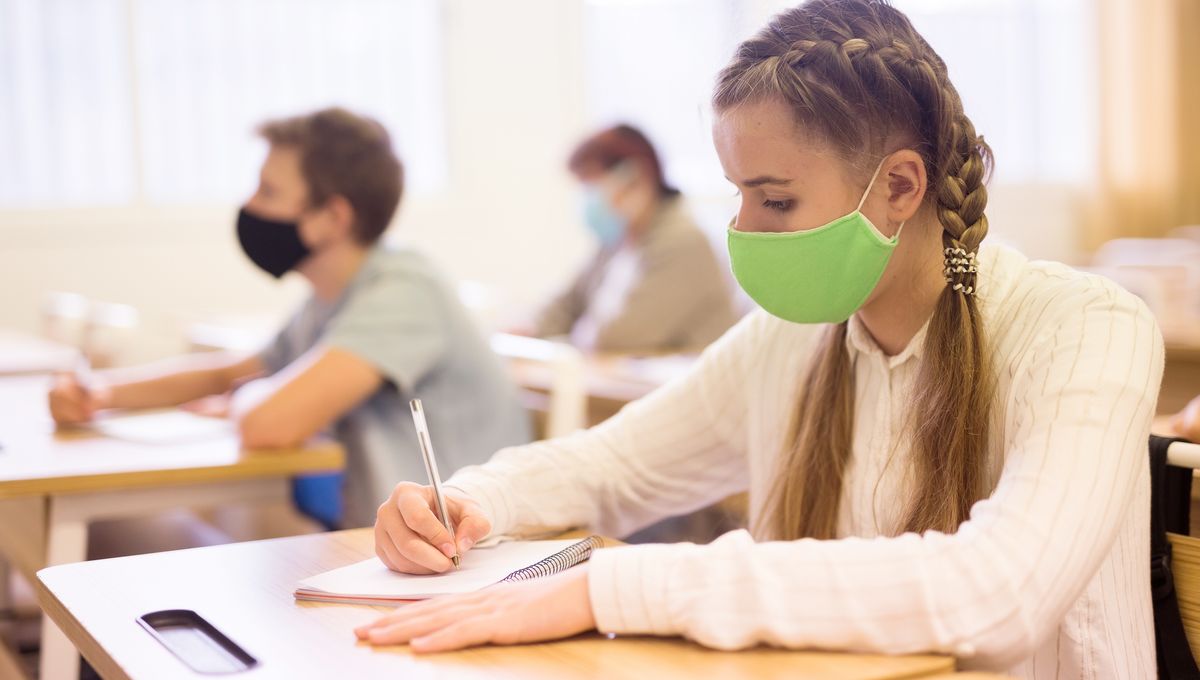
A study of over 5,300 school-age kids and teens has shed new light on what long COVID looks like in young people. Clear differences were found between younger children and adolescents, and the researchers have now summarized the various indicators of possible long COVID for each group.
“Our study is one of the first of its kind to characterize long COVID symptoms in children across age groups and develop a tool to help identify those who are most likely to have long COVID,” said corresponding author Dr Rachel S. Gross in a statement. “This is important because there remains a common misperception that pediatric long COVID is rare, and this research can raise awareness of its impact on children.”
Caregivers were asked to complete surveys asking about 75 potential symptoms occurring at least 90 days after a COVID infection and persisting for at least a month.
The results of the study, which compared those with and without a history of COVID across more than 60 US healthcare settings, showed that kids and teens can experience long COVID symptoms in almost every organ system, with most having more than one system affected.
Eighteen symptoms were found to be more common in 6-11-year-olds and 17 in 12-17-year-olds with a history of COVID infection than those without. They include some of the issues that adults with long COVID commonly experience, like low energy and memory problems.
These were distilled down into research indices, which included 10 distinct symptoms in children and eight symptoms in adolescents. The indices are not designed to be used in clinical diagnosis at this stage. The authors write in their study that “further research and validation” are needed before a diagnostic tool could be developed, but they hope their results will help guide these efforts.
“This work describes the first data-driven approach to revealing symptom patterns among school-age children and adolescents, which are both distinct from that seen in adults,” said first author Dr Tanayott Thaweethi, lead biostatistician for the National Institutes of Health’s RECOVER Initiative, of which the study forms part, in another statement.
Here’s a summary of the two indices the team developed.
| 6-11-year-olds | 12-17-year-olds |
| Trouble with memory/focusing | Change/loss of smell or taste |
| Back/neck pain | Body/muscle/joint pain |
| Stomach pain | Daytime tiredness/sleepiness/low energy |
| Headache | Tired after walking |
| Fear about specific things | Back/neck pain |
| Refusing to go to school | Trouble with memory/focusing |
| Itchy skin/skin rash | Headache |
| Trouble sleeping | Feeling lightheaded/dizzy |
| Nausea/vomiting | |
| Feeling lightheaded/dizzy |
You can see that some of the symptoms overlap, but there were also some key differences observed between the older and younger groups. Importantly, no symptom is being excluded as potentially being caused by long COVID, similar to what we’ve seen in definitions of long COVID in adults.
“Many pediatric and adolescent patients with long COVID have these symptoms, and they are really suffering,” added Professor Melissa Stockwell, one of the study’s senior authors. “Knowing which symptoms likely indicate that a child or teen is dealing with long COVID will hopefully help us research how to help patients recover.”
An estimated 65 million people worldwide are living with long COVID, but the vast majority of the research so far has focused on adults, so it’s unclear exactly how many kids and teens could be affected. One thing is clear though – we cannot continue to ignore the impact that COVID has on kids.
“We have convincing evidence that COVID-19 is not just a mild, benign illness for children. There are children who are clearly disabled by long COVID for long periods of time,” said co-author Professor Lawrence C. Kleinman in a further statement.
“Children do get long COVID, and it’s not rare,” he added. “Some children are severely affected; they are not faking it or making it up. This is a new chronic illness in children with all the unknowns that brings. We will need to be prepared to deal with it for a generation.”
The study is published in the Journal of the American Medical Association.
Source Link: Long COVID Affects Kids And Teens Too, And We're Now Starting To Learn How